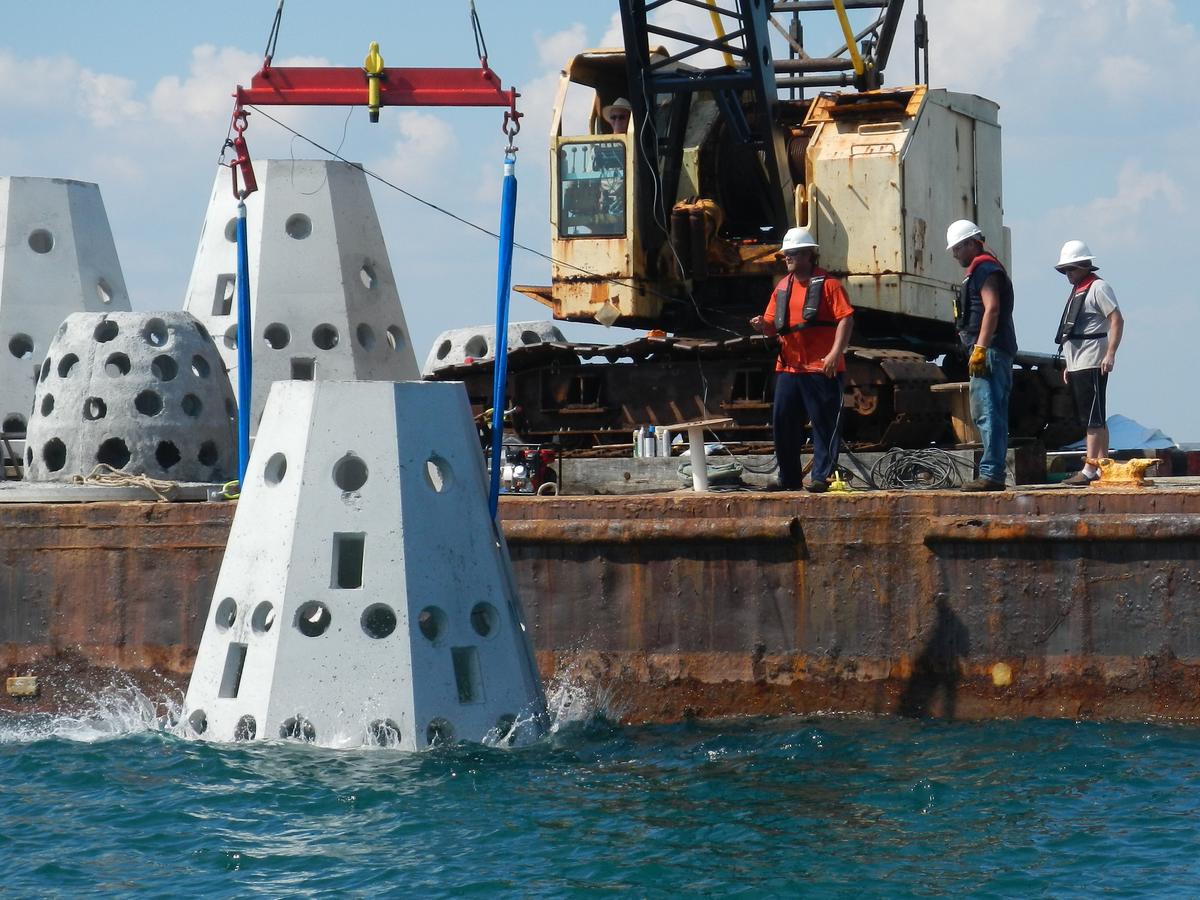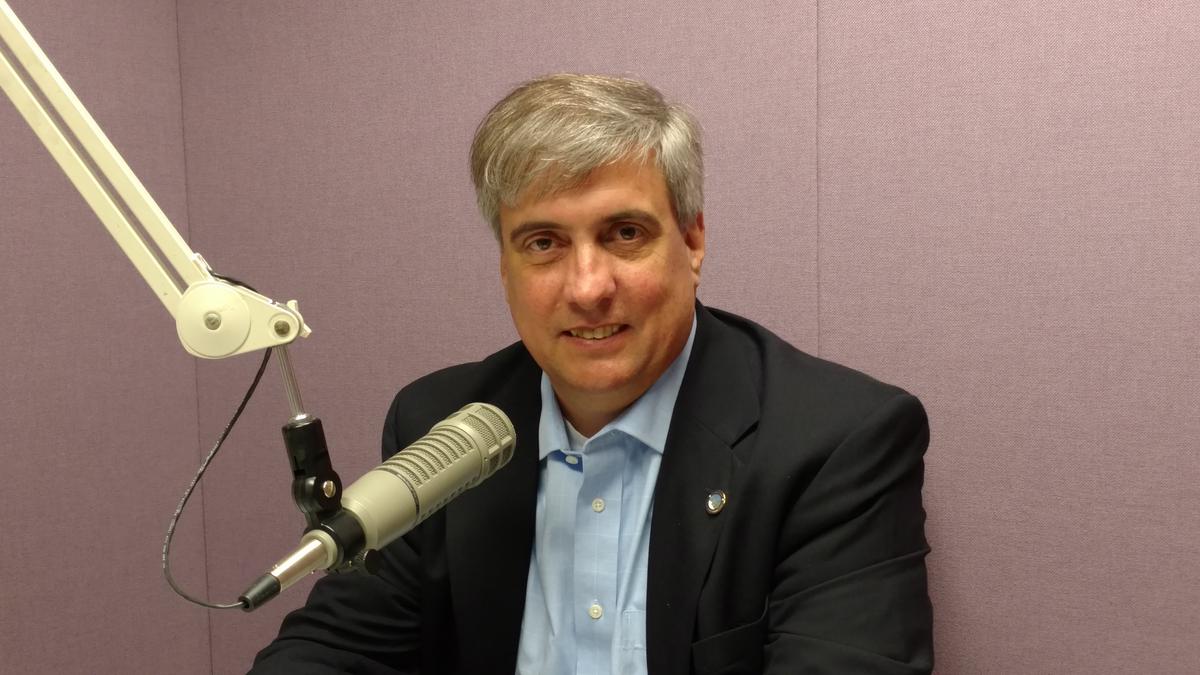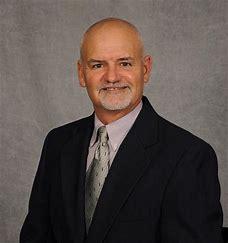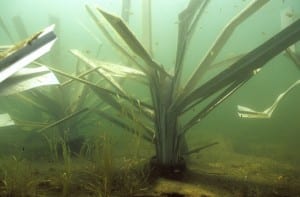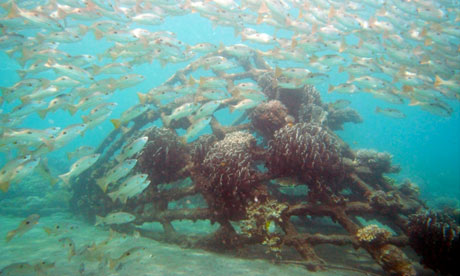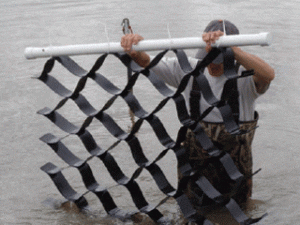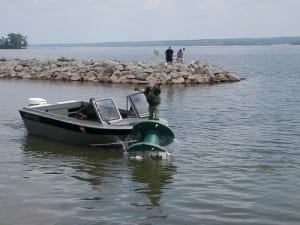More than 700 new artificial reefs are going into the waters off Pensacola in the next few months, in phase two of a program funded by the BP settlement of the 2010 oil spill.
According to the Florida Fish and Wildlife Conservation Commission, for every dollar spent on artificial reefs in the Florida Panhandle, the conservative overall economic benefit is roughly $138.
“We’ve been trying to do this the whole time I’ve been on the [Commission]; actually, even before I got on the Board Escambia County had taken a fairly aggressive position on reefing,” said Escambia County Commissioner Grover Robinson, who chairs the Gulf Consortium, 23 Florida counties affected by the Deepwater Horizon explosion and resulting oil spill.
The money’s coming from the Natural Resource Damage Assessment, NRDA, which is aimed at compensating for environmental damages in those counties.
“When NRDA came about, Escambia County residents lost the whole spring and summer of fishing [in 2010] due to the oil spill,” Robinson said. “That we knew there was something that we needed to do to compensate those individuals.”Not just the people that commercially fish; but also our recreational fishers.”
Dropping artificial reefs off the coastline is going beyond Escambia; Santa Rosa, Okaloosa, Walton and Bay Counties also have programs. Robinson calls it a “common thread” across northwest Florida to build habitat that can translate into more tourist revenues.
“Not only do you have the tourist dollars that come from the actual charter on your boat going out with people and doing the fishing, you have the supplies they buy; the tackle, the line, the rods, the reels,” said Robinson. “But more than that, you also get the hotel stays; they eat, they usually stay here.”
Two local firms will share $2.2 million in NRDA money to build the reefs. Walter Marine of Orange Beach will get $1.7 million to provide 77 large tetrahedron, or triangular pyramid, reefs, and about 300 smaller reefs. Coastal Reef Builders of Pensacola will use $531,000 to build 350 large dome reefs.
“We’re ready to go,” Robinson says. “We’re ready to get them working and hopefully there will be great opportunities for us to expand our fishing and for people to get out on the Gulf.”
“The end of the contract is June of 2019; however, it’s very likely that the construction will be completed well before that cutoff date,” said Robert Turpin, Escambia County’s Marine Resources Director. He says the structures will help increase fish populations using 21st century materials and deployment techniques.
“Cured concrete that is stable and durable,” said Turpin. “Some of this has limestone that is actually embedded into the concrete, which provides for a more natural sub-strait for attaching and boring organisms.”
As part of the project, there also will be an upgraded interactive map of area reef sites showing both reef modules and shipwreck sites through Google Earth; and a new app for GPS units.
“We also have the coordinates in a GPX format that is available for most of the newer GPS units,” said Turpin. “Where you can simply upload the coordinates in your GPS unit, instead of the old-fashioned way where you had to literally punch in the numbers one at a time.”
Meanwhile, construction is underway at the new Three Mile Bridge site, including plans for lead contractor Skanska USA to take down the old span. Turpin is hoping that those materials can be used to improve the reefs made from the remnants of the I-10 Bridge that was replaced after being destroyed by Hurricane Ivan.
“Skanska was one of the contractors that replaced the I-10 Bridge,” Turpin said. “So they know reefing of those materials is fast. And we’ve made it even faster, more efficient, therefore cheaper for them to do the same thing with the Three Mile Bridge rubble.”
As mentioned, Santa Rosa County is also building its reef program. According to the Pensacola News Journal, the county has about $1.2 million in the bank for additional modules at a snorkel reef off Navarre.
